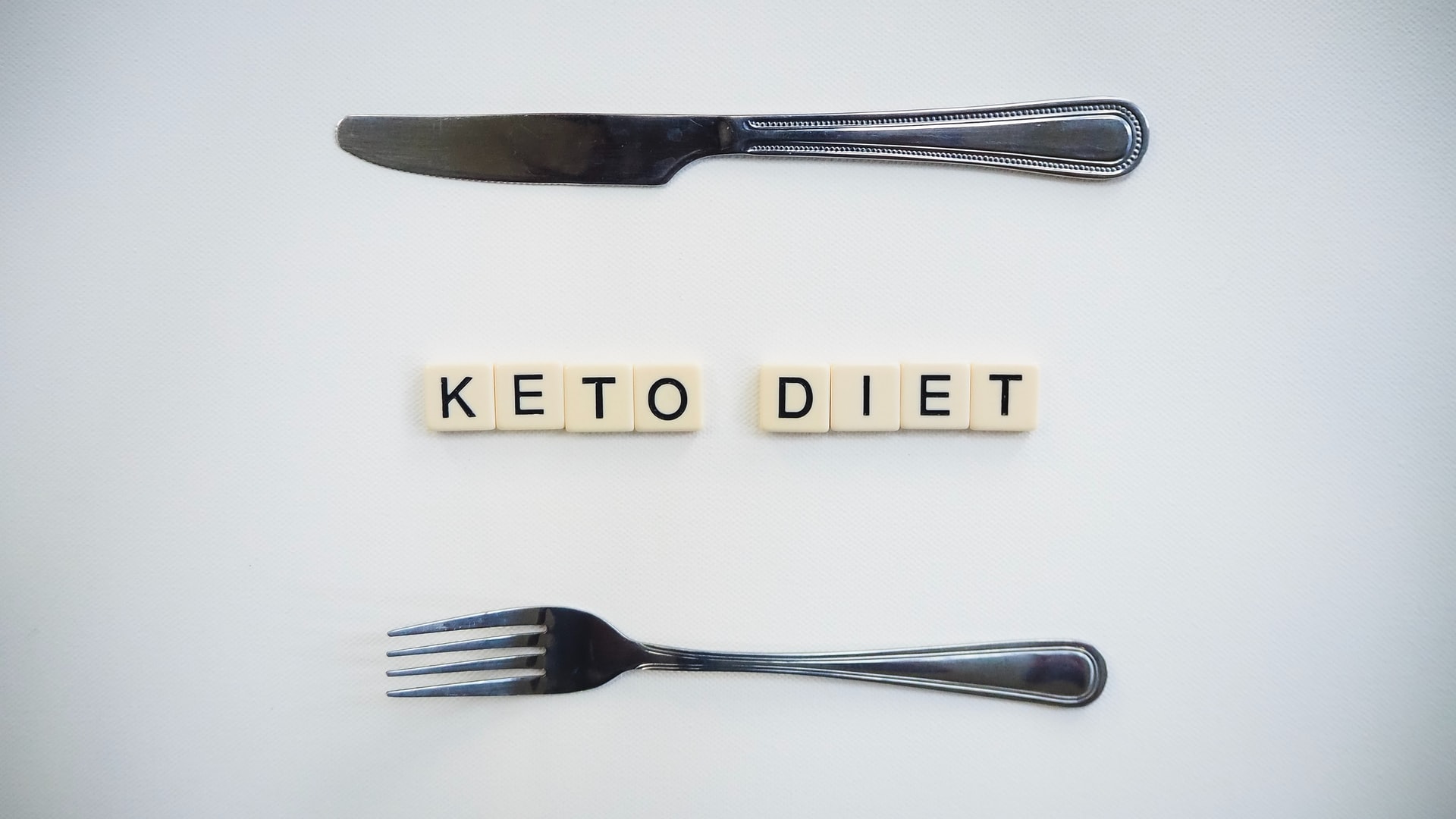The keto diet is one of the relevant trends in the world of a healthy lifestyle and proper nutrition today. The keto diet for women over 50 appeared in the 1920s. The first studies aimed at investigating the mechanisms of its action on the body arose at the same time. Currently, ketones are considered suprametabolic fuels due to their various beneficial influences on cellular metabolism in tissues. The essence of the ketogenic diet (KD) is in the use of products that are rich in protein and fat but have a low amount of carbohydrates. Its helpful effect is caused by changes in metabolism since the main energy substrate (glucose) is replaced by ketone bodies (KB). The mechanism of this diet is determined by the fact that due to the lack of carbohydrates, the human body begins to convert fat into energy.
The positive effects of the free keto for beginners over 50 on body weight, lipid profile, and insulin sensitivity open up prospects for the use of this diet in metabolic syndrome, obesity, etc. Scientists are investigating the mechanisms of visceral fat loss when using a keto diet.
Currently, one of the established mechanisms is an indirect decrease in plasma insulin levels. Scientists investigating the mechanism of diet have identified the induction of fibroblast growth factor 1. Its action is defined as a metabolic regulator of serum phosphate levels, lipolysis, hepatic triglyceride clearance, and active vitamin D levels. Having a pleiotropic effect on the central nervous system in general, the ketogenic diet demonstrates its promise in traumatic brain injury, various neurological disorders, metabolic disorders, acne, cancer, and other diseases. Features of the diet make it possible to use it both in sports and dietary nutrition in order to correct weight.

What Is Keto for Women?
The classic keto for women’s weight loss is based on the ratio of fats to the sum of proteins and carbs (from 2:1 to 5:1). A 3:1 nutrient ratio is the most widespread. To calculate the ketogenic menu, it is necessary to take into account the woman`s needs for both energy and nutrients. The energy requirement is calculated based on age requirements. Energy requirements are influenced by both the mode of motor activity and the general condition of a person. More accurate is the calculation of energy needs based not only the age and gender but also on the woman`s body weight.
Properly calculated calorie intake is one of the keys to the usefulness of the keto diet. If the amount of energy supplied with food exceeds the needs of a person, then the efficiency of KD will significantly decrease.
Fats act as the main source of energy in the formation of the keto diet for female fertility menu. The higher the fat/nutrient ratio, the stronger will be the activation of the processes that provide the anticonvulsant effect of keto therapy. It should be noted that with the growth of the above ratio, the number of side effects increases in direct proportion, and the culinary diversity of the diet decreases, which directly negatively affects adherence to treatment.
Proteins are not only a source of energy but also perform an important plastic function in the body. Therefore, during keto therapy, the level of protein intake should not be less than the minimum amount required for normal growth and development. Preference is given to proteins of animal origin because they contain essential amino acids necessary for the women’s body. Excess protein in the ketogenic diet is unacceptable since this may cause activation of gluconeogenesis processes and inhibition of ketogenesis, which will significantly reduce the therapeutic effect of diet therapy.
Keeping a low carb for women total carbs allowed is fundamental for a keto diet. Preference is given to complex carbs having a low glycemic index. Such carbohydrates are slowly broken down into monomers and thus have little effect on fluctuations in blood glucose levels. Excess consumption of carbohydrates significantly blocks the production of ketone bodies and neutralizes the therapeutic effect of KD.
The keto diet covers the energy needs of women but is based on the exclusion of a number of products. Therefore, it is recommended to take complex supplements containing vitamins and microelements at an age dose in order to prevent hypovitaminosis and microelement deficiency.
What to Eat on Keto?
The low carb diet for women over 50 provides for the use of permitted and the rejection of prohibited foods. More details about this are below.
Keto-Friendly Foods List
The key source of lipids in the women’s keto diet are fat-rich animal and vegetable products:
- Pork.
- Mutton.
- Sour cream.
- Cheese.
- Butter.
- Fish.
- Eggs.
- Olive and sunflower oil.
- Avocados.
- Nuts, etc.

If you want to create your essential guide to living the keto lifestyle, pay attention that the above products of animal origin act not only as a source of fat but also provide the required amount of protein in the diet. Ready-made products containing both fats and proteins (for example, sausages) are recommended for use. Vegetables such as broccoli, cauliflower, white cabbage, tomatoes, lettuce, radishes, cucumbers, green peas, zucchini, eggplant, sweet red and yellow peppers are an integral part of the ketogenic diet. The presence of a vegetable component in the diet not only provides a feeling of fullness and introduces organoleptic diversity but also has a helpful effect on digestion in general. In a small amount, the menu contains seasonal berries and fruits:
- Apples.
- Pears.
- Oranges.
- Tangerines.
- Blueberries.
- Strawberries.
- Currants.
- Cherries, etc.
In the presence of medical indications, a keto diet plan for women over 50 can be formed with the exception of certain foods, for example, containing gluten (for celiac disease) or casein (for allergies to cow’s milk protein). The cost of diet therapy is also important; therefore, when developing a ketogenic diet, preference is given to foods that a woman can easily purchase.
Experts recommend starting the complete ketogenic diet with easy-to-cook dishes consisting of several ingredients, with a gradual expansion of the foods. When cooking, preference is given to boiling and stewing, which facilitates digestion and improves the woman’s assimilation of dishes that are new in their chemical composition. The entire daily diet is divided into 3-5 meals, the same in terms of energy value and nutrient composition because this is the only way to achieve a uniform and stable numbers of ketonemia and glycemia.
Foods List NOT to Eat on Keto
Foods saturated with starch or fast carbohydrates (pure sugars) should be completely excluded from the keto for older women:
- Potatoes.
- Pasta.
- Cereals.
- Flour products and pastries.
- Sweets.
- Sweet drinks.
Carrots, pumpkins, and beets are used with restriction. It is also necessary to avoid the intake of fast carbohydrates with medicines, for example, sugar-containing syrups, into the body.

Ways to Make Work Keto Diet for Women Over 50
You have already realized that the keto diet is based on fats and proteins. Carbs are consumed in minimal quantities. Due to the lack of carbohydrates, there is a so-called state of ketosis, which burns the body’s own fats. However, there are cases when a person refuses bread, vegetables, fruits, and sugar to test the effectiveness of the keto diet and does not get the desired result. If this is the case with you, keep in mind that there are a few common cases where a keto diet does not work:
- You do not have ketosis. You probably think that this is impossible because you followed all the rules, so ketosis should have started. However, adherence to dietary rules is not always a guarantee of ketosis. To make sure, you should take a blood or urine test for ketone bodies.
- You consume excessive amounts of protein foods. The basis of the diet is fat, not protein. Therefore, protein foods should not occupy a dominant place in your diet. The percentage of foods that contain protein should not exceed 25% of daily calories.
- You continue to over-consume foods that contain carbohydrates. Nuts, vegetables, and dairy products are considered keto-friendly products, but they still contain carbohydrates. If you consume them in excess, the level of carbs in the body will exceed 5%, which is unacceptable when following a keto diet.
- You get too many daily calories. If you get too many calories from food, you will not lose weight, but on the contrary, will continue to gain it. Thus, it is imperative to learn how to properly count the number of calories you get from the products you eat.
These are just common reasons why the keto diet doesn’t work. The list goes on and on. But some useful ways can make the diet work. You will find them below.
Don’t Skimp on Protein
Protein plays an important role in following a keto diet. Many women limit its amount to 35-40 grams per day while consuming excessive amounts of fat. But this is the mistake of those who want to lose weight. This is due to the fact that moderate protein saturates the body more than fat, it is more nutritious, and people tend to overeat when it is lacking. In addition, protein allows for burning many more calories than fat, and its deficiency is dangerous for the body.
Get the Right Amount of Fats
When following a ketogenic diet, it is necessary to know that fats should occupy 70-80% of the daily diet. However, it is necessary to choose the “right” fats to achieve weight loss, among such useful natural vegetable and animal fats of organic origin.
Stress Management
Stress can negatively affect female keto weight loss, so it is important to learn to manage stress. Yoga classes, listening to pleasant melodies, reading books from a trusted source, etc., will be useful.
Reduce Your Alcohol Intake
Alcohol slows down weight loss, so it is not recommended for consumption during a ketogenic diet.
Get Plenty of Quality Sleep
Good sleep is the key to good ketosis. Therefore, it is important to have a good night’s sleep and give the body a full rest.
Reduce Your Carbohydrate Intake
To get a good result from the free keto diet for women’s weight loss, you should reduce your carbs intake. Then the body will begin to burn its own fat reserves.
Intermittent Fasting Experiment
A free keto diet plan for 50 year old woman and intermittent post is the perfect combination. It helps your body achieve ketosis faster than just a keto diet.
Avoid Adding Sugar
You need to completely eliminate sugar from your keto diet for women over 50 so that your body switches from using glucose as an energy source to using fat. However, you can use sugar substitutes (Stevia, Monk Fruit, Truvia, etc.).
Set Achievable Goals
Set objectives that you can really achieve. This will allow you to see and evaluate the results of the keto diet.
FAQ
Can You Lose Weight on Keto During Menopause?
Studies confirm that a low-carb diet is effective not only for weight reduction but also for eliminating other symptoms of menopause (night sweats, insomnia, poor memory, etc.).
Are Keto Pills Safe for Seniors?
Keto pills are relatively safe. They can be used by people who do not have any health contraindications. But in any case, a doctor’s consultation is obligatory.
Does the Keto Diet Really Work?
It works if it is applied correctly. But there are still exceptions, the cause of which can be identified by a specialist.
Are Bananas Keto Friendly?
A banana cannot be considered a keto-friendly food because it contains carbohydrates.
